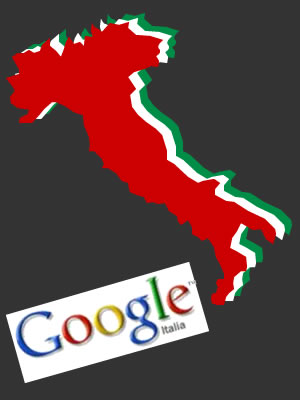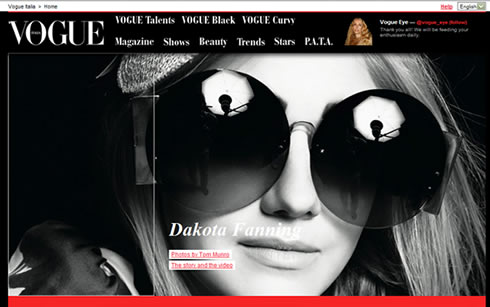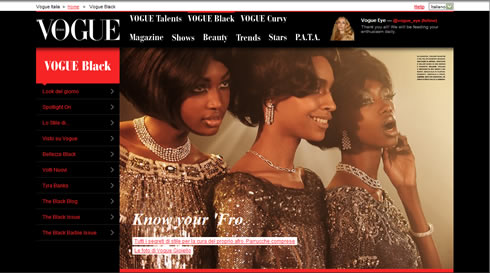This Week in Italian Internet: One Stylish Step Forward, One Antiquated Leap Back
Two of the most interesting tech stories this week come from Italy.
Google Italy
 The first, is the conviction of 3 Google executives in a case involving a video uploaded to Google Video in 2006. The video showed an autistic boy being bullied by classmates, and was removed from the service once complaints were raised. A Milan judge ruled that the Google employees were responsible for violating the privacy of the boy who was the subject of the video, and sentenced them to 6-months in jail.
The first, is the conviction of 3 Google executives in a case involving a video uploaded to Google Video in 2006. The video showed an autistic boy being bullied by classmates, and was removed from the service once complaints were raised. A Milan judge ruled that the Google employees were responsible for violating the privacy of the boy who was the subject of the video, and sentenced them to 6-months in jail.
Essentially, the ruling holds community sites responsible for any uploaded content, even if they had no role in uploading the content – a ruling that goes against many others and risks setting a dangerous precedent. While Google certainly has privacy issues (perhaps you’ve heard of a little thing called Buzz), this is akin to suing the phone company if you receive a prank call.
In countries where there’s even less freedom of speech, analysts are starting to worry that this is a slippery slope to more restricted internet freedoms. {Wired}
Vogue Italia

But yesterday wasn’t all bad news as far as the Italian internet goes. Vogue Italia, who famously published a best selling edition featuring all black models – including plus sized Toccara of America’s Next Top Model, relaunched their website. {StyleList} The new home of the Italian Vogue edition (they formerly shared space with Italian Vanity Fair and Glamour at Style.it), features dedicated sections titled Vogue Talents, Vogue Black and Vogue Curvy.
The Talents section focuses on emerging and breakthrough designers, with the main slide dedicated to Rodarte. With a Target collaboration, CFDA award and many other honors under their belt, the Mulleavy sisters aren’t exactly new, but for those who don’t follow fashion intently they don’t have the name or brand recognition of say, Marc Jacobs. We also get a look at Danish designer Johanne Andersen and London based Dutch designer Michael van der Ham, a recent graduate of Central Saint Martin’s Masters’ program.

Some people have looked at the other two sections with a bit of skepticism. {She Finds} Do curvy and black women really need their own section? {the Cut} Why not just make them part of general coverage?
Yes, it would be nice if more magazines and their websites resembled Benetton ads. However, the decision to dedicate regular, ongoing coverage to two groups you’re unlikely to find prominently represented in any other Vogue around the world (magazine or website) is at least a step in the right direction. While most other fashion magazines applaud themselves for using the “curvy” size 4 Lara Stone, Franca Sozzani and her team at Vogue Italia seem to walk the walk for diversifying fashion more than any other magazine going.
In an ideal world, media would be a diverse representation of the world and beautiful women of all skin colors and body shapes would be chosen to represent products to an audience. We don’t live in an ideal world, and it’s nice to see that in a country where a judge has decided to hold a company responsible for the content its users upload, another company could on the same day give a voice to two groups who are underrepresented not just in Italy, but in many countries around the world.
